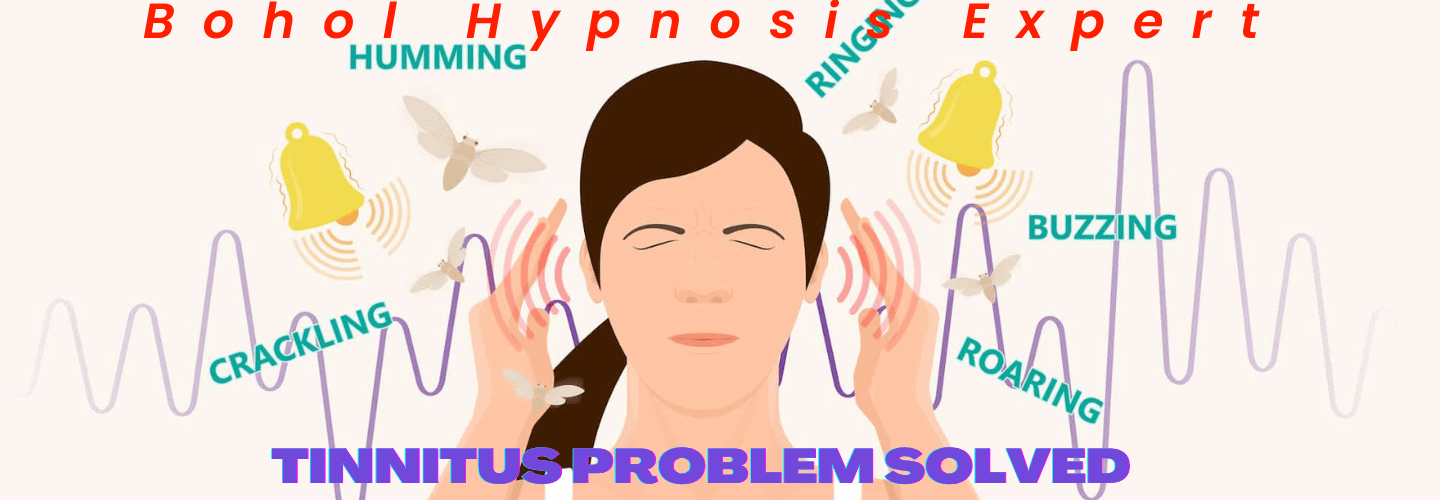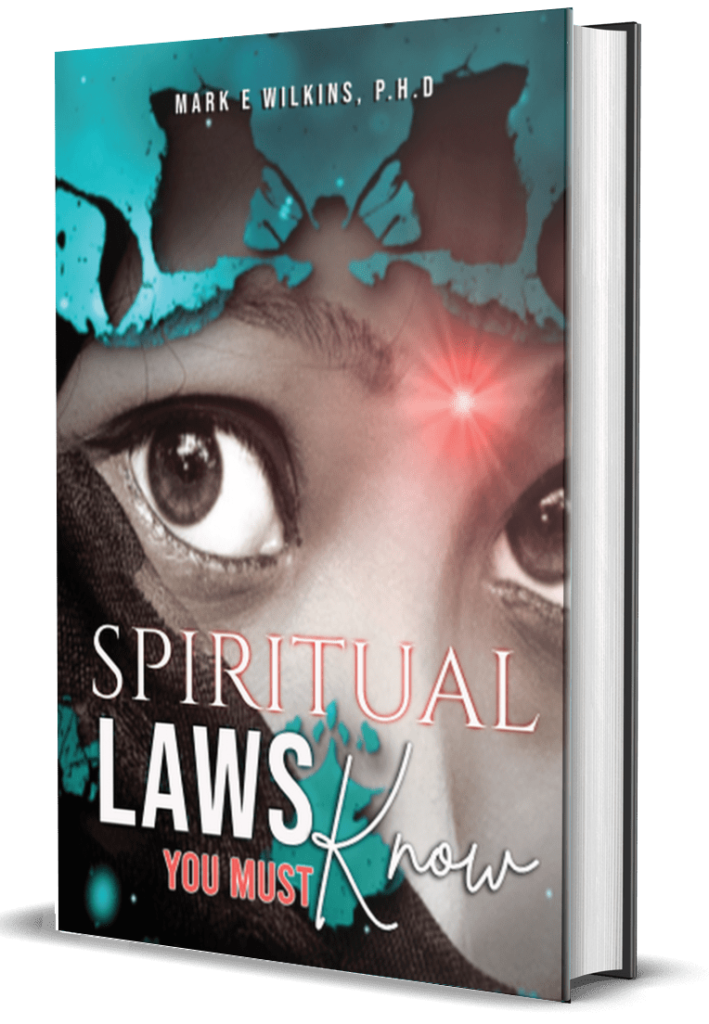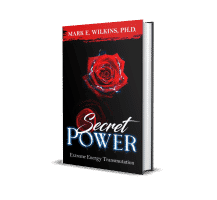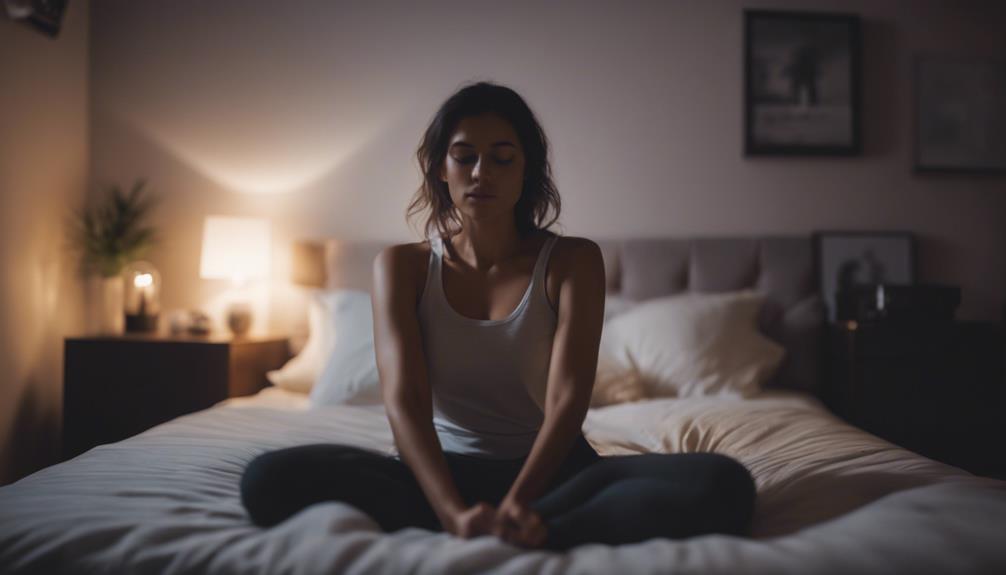
Mastering self-hypnosis techniques can enhance better quality sleep by promoting relaxation, stress reduction, and regulating the sleep-wake cycle. Incorporating deep breathing exercises like diaphragmatic breathing and the 4-7-8 technique can deepen relaxation and reduce stress levels. Visualizing calming scenes and using positive affirmations before bed can cultivate a tranquil mental state conducive to sleep.
Guided imagery sessions can create a peaceful sleep environment through relaxation responses. A consistent bedtime routine, mindful meditation, and limiting screen time can further aid in improving sleep quality. These techniques provide a foundation for better sleep; further exploration can deepen understanding for enhanced results.
Key Takeaways
- Practice self-hypnosis daily for improved sleep quality.
- Use visualization and affirmations to induce relaxation.
- Establish a calming bedtime routine for better sleep.
- Incorporate guided imagery for a peaceful sleep environment.
- Consistency in self-hypnosis leads to deep relaxation and restful sleep.
Understanding Self-Hypnosis for Sleep
To achieve better sleep quality through self-hypnosis, it is necessary to first understand the principles and techniques of utilizing hypnosis as a tool for improving sleep. Hypnosis benefits individuals by promoting relaxation, reducing stress, and enhancing overall well-being.
When it comes to sleep patterns, hypnosis can help regulate the sleep-wake cycle, improve sleep efficiency, and increase the duration of restorative deep sleep stages.
Research indicates that hypnosis can positively impact various aspects of sleep, such as reducing the time it takes to fall asleep and decreasing nighttime awakenings. By incorporating hypnotic suggestions tailored to improving sleep quality, individuals can experience a shift in their sleep patterns towards a more restful and rejuvenating state.
Understanding how hypnosis influences the mind-body connection in relation to sleep patterns is important for effectively utilizing self-hypnosis techniques. By harnessing the power of hypnosis, individuals can optimize their sleep quality and overall health.
Setting the Stage for Relaxation
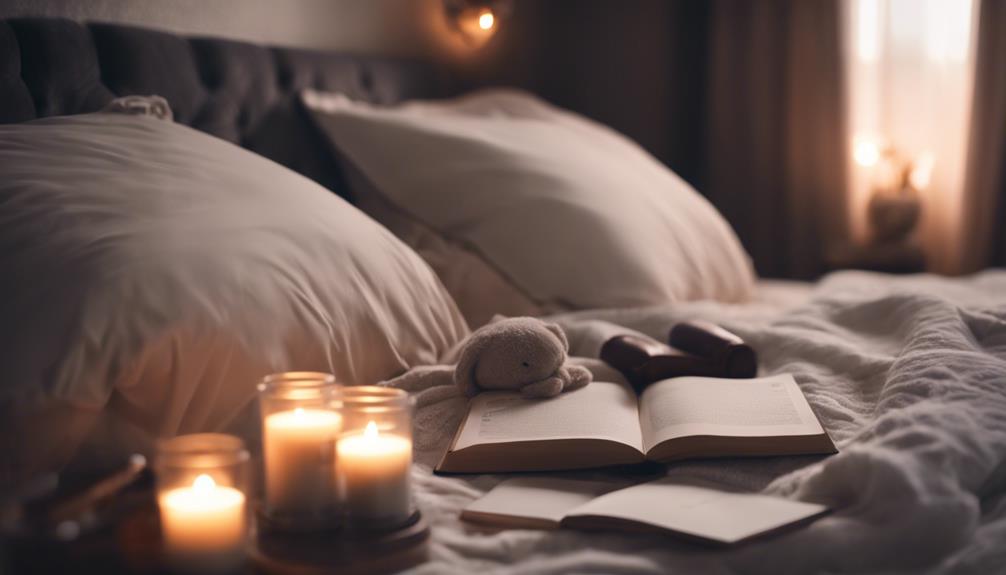
Creating an ideal environment conducive to relaxation is essential when preparing to engage in self-hypnosis techniques for improving sleep quality. Mindful meditation, a practice that focuses on being present in the moment, can help calm the mind and reduce stress levels, making it an excellent tool to incorporate before starting self-hypnosis for sleep.
Research has shown that mindful meditation can positively impact sleep quality by promoting relaxation and reducing insomnia symptoms.
Aromatherapy benefits can also play a significant role in setting the stage for relaxation. Certain scents, such as lavender and chamomile, have been found to have calming effects on the mind and body, helping to create a peaceful environment conducive to sleep.
Aromatherapy can be easily incorporated into a pre-self-hypnosis routine by using essential oils in a diffuser or applying them to pulse points for a soothing effect.
Deep Breathing Techniques

Implementing proper deep breathing techniques is essential for inducing a state of relaxation and facilitating the effectiveness of self-hypnosis practices aimed at improving sleep quality.
Deep breathing exercises have been linked to various benefits, including stress reduction and enhanced mindfulness meditation. Here are some key deep breathing techniques to incorporate into your self-hypnosis routine:
- Diaphragmatic Breathing: Focus on breathing deeply into your diaphragm rather than shallow chest breaths.
- 4-7-8 Technique: Inhale for 4 seconds, hold for 7 seconds, and exhale for 8 seconds to promote relaxation.
- Equal Breathing: Inhale and exhale for an equal count, such as 4 seconds each, to balance the breath and calm the mind.
- Box Breathing: Inhale, hold, exhale, and hold again for equal counts, creating a square pattern of breath that aids in stress reduction.
Incorporating these deep breathing techniques into your self-hypnosis practice can enhance your ability to relax, reduce stress, and improve the quality of your sleep.
Visualizing Calm and Serenity

Visualization of calm and serenity is a powerful technique utilized in self-hypnosis practices to cultivate a state of deep relaxation and mental tranquility. The mind-body connection plays a significant role in this process, as calming imagery can positively impact both mental and physical states.
By engaging in peaceful visualization, individuals can create an inner sanctuary where stress and worries dissipate, allowing the body to enter a state of profound relaxation.
When incorporating calming imagery into self-hypnosis routines, it is essential to choose scenes that evoke feelings of peace and tranquility. Whether picturing a serene beach at sunset, a lush forest, or a quiet meadow, the goal is to transport the mind to a place of mental tranquility.
This practice helps to quiet the chatter of the conscious mind, allowing for a deeper sense of calm to pervade the body.
Through the visualization of calm and serenity, individuals can tap into the power of their imagination to promote relaxation and prepare the mind and body for restful sleep. This technique, when practiced consistently, can contribute to improved sleep quality and overall well-being.
Positive Affirmations for Sleep
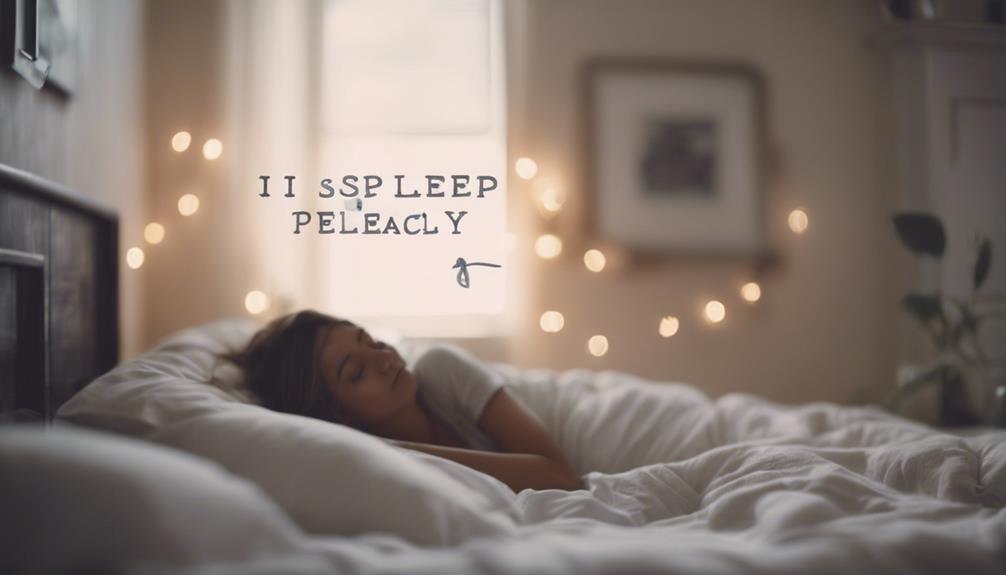
Positive affirmations are powerful tools that can promote relaxation and peace, essential elements for achieving better sleep quality.
Affirmations for relaxation can help calm the mind and body, while affirmations for peace can create a serene mental environment conducive to falling asleep easily.
Affirmations for Relaxation
Incorporating affirmations into your bedtime routine can help promote relaxation and improve sleep quality. Affirmations work by positively influencing the mind-body connection, reducing stress levels, and inducing a state of calm conducive to falling asleep.
Here are some effective affirmations for relaxation:
- ‘I release all tension from my body and mind, allowing myself to drift into a peaceful sleep.’
- ‘Every breath I take fills me with a sense of tranquility and serenity.’
- ‘I am safe, I am supported, and I can let go of all worries as I prepare for rest.’
- ‘My mind is quiet, my body is relaxed, and I am ready to embrace a night of deep, rejuvenating sleep.’
Affirmations for Peace
Effective affirmations for peace can play a significant role in promoting relaxation and enhancing the quality of sleep. Incorporating positive affirmations focused on peace can help calm the mind, reduce stress, and create a conducive environment for restful sleep.
Mindful meditation, combined with affirmations that center around peace and tranquility, can be particularly effective in quieting the mind and preparing the body for sleep. By repeating affirmations such as ‘I am surrounded by peace and serenity’ or ‘My mind is calm, and my body is relaxed,’ individuals can shift their focus away from worries and stressors, allowing them to drift off into a peaceful slumber.
Peaceful visualization is another powerful technique that can complement affirmations for peace. Imagining tranquil scenes such as a peaceful beach at sunset or a serene forest can further enhance feelings of relaxation and inner peace. When combined with affirmations, peaceful visualization can create a holistic approach to promoting better sleep quality.
Progressive Muscle Relaxation

Progressive Muscle Relaxation is a technique that involves systematically tensing and then relaxing muscle groups in the body to promote physical and mental relaxation. This method is commonly used to reduce muscle tension and stress, making it an effective tool for promoting better sleep quality.
By increasing body awareness and incorporating relaxation techniques, individuals can experience a sense of calmness and improved sleep patterns.
Benefits of Progressive Muscle Relaxation:
- Reduces muscle tension.
- Alleviates stress and anxiety.
- Enhances overall relaxation.
- Improves sleep quality.
Research suggests that regular practice of Progressive Muscle Relaxation can lead to significant improvements in both physical and mental well-being. This technique is often recommended by healthcare professionals as a complementary approach to managing insomnia and enhancing sleep hygiene.
Guided Imagery for Better Sleep

Guided imagery, a cognitive technique that involves creating vivid mental images to promote relaxation and enhance sleep quality, has been recognized as a valuable tool in improving overall well-being. By engaging in dream visualization, individuals can tap into their subconscious mind to evoke a sense of tranquility and help in falling asleep faster. This practice leverages the relaxation response, a physiological state characterized by reduced heart rate, blood pressure, and muscle tension, which is conducive to a restful night’s sleep.
Creating a sleep sanctuary through guided imagery involves constructing a mental space that promotes peaceful visualization. This can include imagining serene landscapes, calming activities, or personal safe havens that induce a sense of security and comfort. By incorporating such imagery into bedtime routines, individuals can signal to their brain that it is time to unwind and prepare for sleep, thereby improving sleep quality and overall well-being.
This technique harnesses the power of the mind to create a conducive environment for rest and rejuvenation.
Creating a Bedtime Routine

Crafting a consistent bedtime routine is crucial for establishing healthy sleep habits and optimizing sleep quality. A bedtime routine signals to the body that it’s time to wind down, promoting relaxation and enhancing the quality of sleep.
When creating a bedtime routine, consider incorporating the following elements:
- Meditation Benefits: Engaging in a brief meditation session before bed can help calm the mind, reduce stress, and prepare the body for sleep.
- Sleep Environment: Make sure your sleep environment is conducive to restful sleep by keeping the room cool, dark, and quiet. Consider using earplugs or a white noise machine if necessary.
- Consistent Bedtime: Aim to go to bed and wake up at the same time every day, even on weekends, to regulate your body’s internal clock.
- Digital Detox: Limit exposure to screens (phones, tablets, computers) at least an hour before bedtime to reduce the impact of blue light on melatonin production, promoting better sleep quality.
Practicing Consistency for Success

Establishing a consistent pattern is fundamental in fostering success when implementing self-hypnosis techniques for improving sleep quality. Daily dedication to self-hypnosis practices can lead to significant sleep benefits by calming the mind and promoting relaxation.
Consistent practice of self-hypnosis before bedtime can help individuals develop healthy habits that signal to the brain that it is time to unwind and prepare for sleep.
Research indicates that regular self-hypnosis sessions can result in improved sleep quality, reduced insomnia symptoms, and increased overall well-being. By incorporating self-hypnosis into a nightly routine, individuals can train their minds to enter a state of deep relaxation more easily, allowing for a smoother shift into restful sleep.
Consistency is key when it comes to reaping the full benefits of self-hypnosis for better sleep. By making self-hypnosis a regular part of your bedtime ritual, you can create a powerful association between relaxation techniques and falling asleep, ultimately leading to improved sleep patterns and overall sleep quality.
Frequently Asked Questions
Can Self-Hypnosis for Sleep Be Harmful?
Self-hypnosis for sleep, like any technique, carries potential risks. Negative side effects may include unintended psychological impacts if not practiced correctly. Consulting a qualified healthcare provider before attempting self-hypnosis is prudent to mitigate any potential harm.
How Long Does It Take to See Results?
When considering self-hypnosis effectiveness, the time frame for seeing results varies. Consistency in self-hypnosis practice is key to experiencing its impact. Results may manifest gradually over time, with individuals noticing improvements as they persist.
Can Self-Hypnosis Help With Sleep Disorders?
Self-hypnosis effectiveness in addressing sleep disorders is supported by research. Studies show promising results in improving sleep quality and treating insomnia. Individuals can benefit from self-hypnosis techniques as a non-invasive solution for sleep disorder management.
Is Self-Hypnosis Safe for Children?
Ensuring child safety in self-hypnosis involves parental guidance. Techniques should be age-appropriate, considering mental development. Statistically, 20% of children experience sleep issues. Professional supervision and tailored approaches are key to safe and effective self-hypnosis for children.
Can Self-Hypnosis Replace Medication for Insomnia?
Self-hypnosis can be effective in managing insomnia by offering a non-pharmacological alternative to medication. Research suggests that self-hypnosis techniques can help improve sleep quality and may be considered as a viable option in insomnia treatment.
Conclusion
To wrap up, utilizing self-hypnosis techniques for better sleep quality can greatly enhance overall well-being. By incorporating relaxation methods, deep breathing exercises, positive affirmations, and guided imagery, individuals can create a bedtime routine that promotes restful sleep.
Consistency in practicing these techniques is crucial to achieving success in enhancing sleep quality. Research has shown that self-hypnosis can be an effective tool in improving sleep patterns, leading to better overall health and quality of life.

Take the Next Step Make An Appointment
Do not be afraid to reach out to me, Mark , to assist you in any issues you might have. Need a good listener or someone to confidentially talk too? . Life Coaching is 45 minute session, once a week.
Self-Hypnosis is taught in one session, individual sessions or in a group, and lasts a lifetime. Most Hypnotherapy sessions including Age regression last 2 hours and EFT Sessions are usually handled with a one hour session
To make an appointment, first listen to the Pre-talk and fill out the Complementary Healthcare Provider Disclosure. The use the Contact Form to request an appointment with, Mark, The Bohol Hypnosis Expert.
Self-help downloads are available to help you with specific problems. The self-hypnosis program to teach you how to self-hypnotize yourself is available here.

